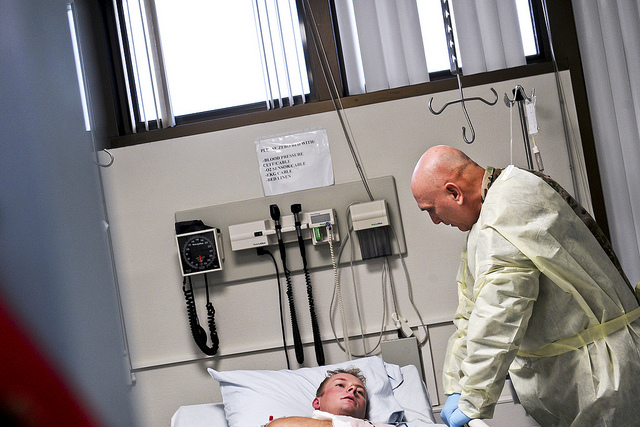So today I’ve been set the task of completing an online copyright tutorial aimed at getting us thinking about what copyright means and why it is necessary etc…
Almost immediately after starting this tutorial I’ve realised I’ve probably used pictures gained from a simple Google search unlawfully for my own work, events advertising etc throughout the years. Yes I would always reference the image or diagram in any work but did I actually have the right to use that diagram in the first place?
Activity 1 – Search something on google then used the advanced filters to refine the search with pictures that are “free to use or share” or “free to use or share or modify”. I choose to search the word “hormones” as I’m thinking that’s what I’m going to base my final project on.
Results – Simple Google images search – an obscene amount of images
Results – Refined Google images search – a vastly reduced number of images
One of the “free to use or share” images I found:

Anatomy & Physiology, Connexions
https://commons.wikimedia.org/wiki/File:1803_Binding_of_Lipid-Soluble_Hormones.jpg
Activity 2 – Add “transparent” background as a filter on the same search.
This brought the number of images down to around 100. I will definitely use this filter to search for images when I already have a background in place for future presentations.
Activity 3 – Create a list of items that should be included on a form for gaining written consent and permission to share clinical images that you’ve taken.
- Relevant identity and contact details of the patient
- Relevant identity and contact details of the person who will be taking and using their pictures
- Explain that the image will be anonymous but that “complete anonymity” cannot be confirmed
- Detail where and when the image will be used and who will see it – this should include if the image will be added to a website
- If the image won’t be used for advertising purposed then have this on the form. If there is a possibility that the image may be used for advertising purposes then the patient should be made aware of this as it may change their decision. They may also look for compensation if this was the case and this should be discussed and documented.
- Have a statement to make it very clear that the patient can withdraw their consent at any time unless the document has “gone to print”.
- The form should be signed and dated by both parties.
In terms of relating this part of the tutorial to my own project, I think it would be unlikely for me want to include clinical images. Without clear documentation of the consent process which I reckon could be quite hard to find online, I’m not sure I would be fully able to trust the source from which I was taking the picture.
Activity 4 – Share an image from Flickr using the advanced search to only show images with a CC license. I choose to search “care of patients” and this is one of images I found:

Wow, don’t know why that link is so long but I hope it works!
Activity 5 – Create an image, upload it to Flickr and apply a Creative Commons license to it so it can be shared.
I don’t know quite yet whether or not I will create images for my project but I thought I could do it with a photograph that I’d taken. I went to sign up to Flickr but realised it was making me create a Yahoo email address which I don’t really want to do unless it’s necessary for my project. I have so many accounts on websites and to be honest with you, I just can’t be bothered with another account that I’ll only use once but continue to get emails from for the rest of my life. Well, until I click unsubscribe. Which I’ve done a lot of recently.
Overall, this tutorial has completely changed the way I view using images I’ve found on the web. It’s made me think about actually having the right to use someone else’s work and I will most definitely be using the advanced search on Google images from now on.
Laura